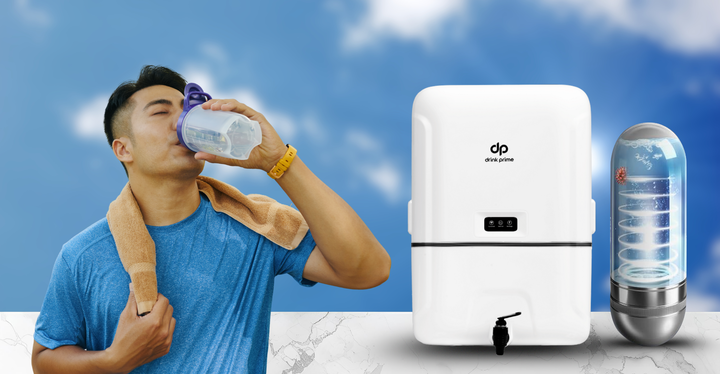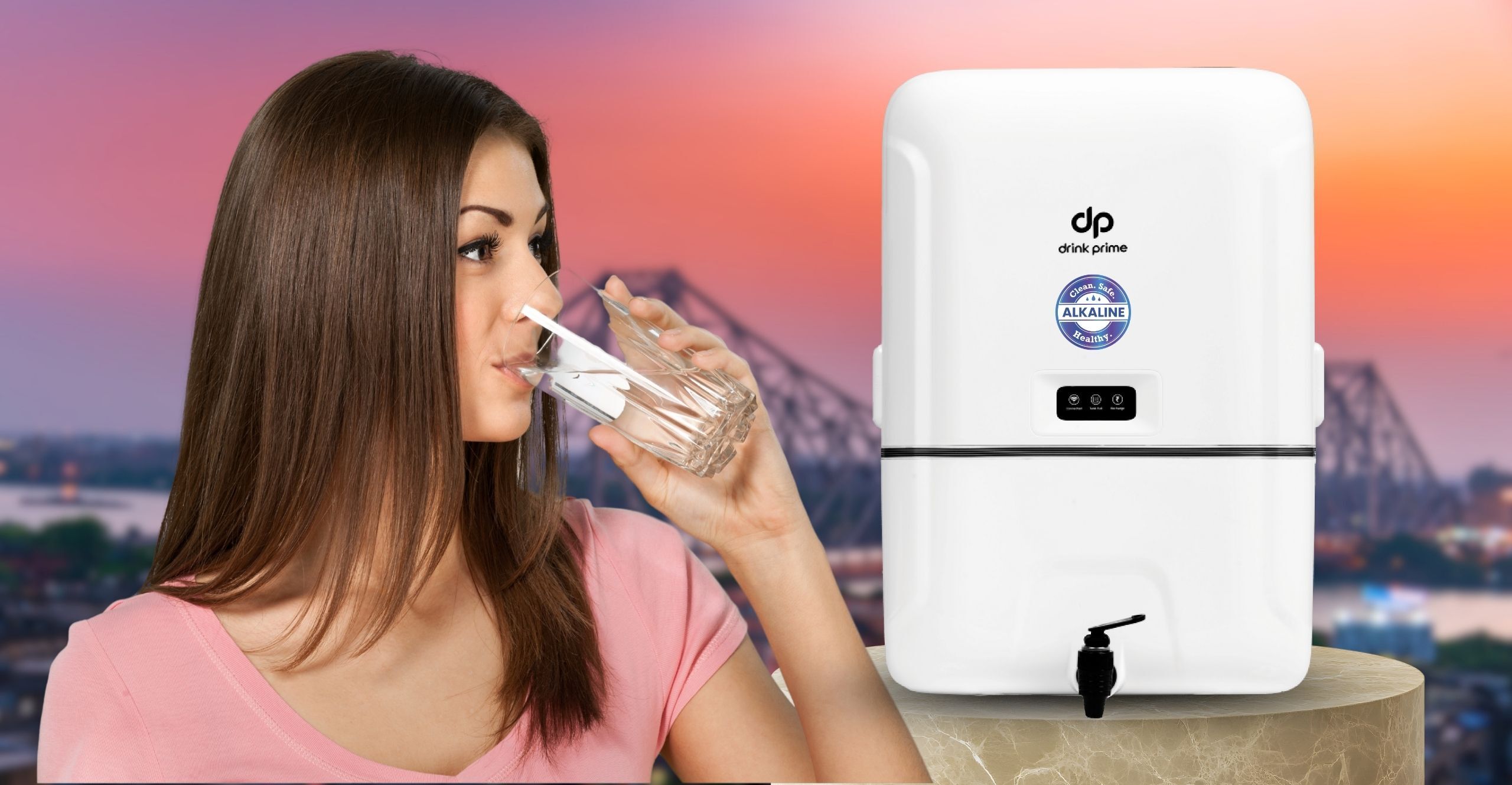Water, the cliched elixir of life is the common thread that binds all life forms on our planet. It is crucial not only for the survival of human beings but also for the sustenance of our diverse and delicate ecosystems. Another important factor is the quality of the water that is available to us. Good quality water is essential to ensure our health and safety, as well as to keep the environment around us robust and thriving. Good quality water is also necessary for a host of industrial and recreational activities.
In such a scenario, experts in water management use a set of tools to assess and ascertain water quality. These are referred to as quality indicators. In this blog, we explore the major water quality indicators, why they are so important, and how climate change affects water quality.
What do you mean by water quality indicators?
- Water quality indicators are specific criteria or parameters used to assess the quality of water and the state of water bodies. These indicators provide more information about water’s nature, which can be physical, chemical, biological, or even radiological.
- Through water quality analysis, scientists and experts in this field can evaluate our water bodies and see how robust they are, as well as recognize factors that cause water pollution, contamination, and variations in our fragile ecosystems.
Why are these water quality indicators so important?
- Environmental impact: Water quality indicators serve as primary factors that help comprehensively analyze the health of our aquatic systems. These indicators help experts detect even a minor shift in factors like pH levels, dissolved oxygen, levels of nutrients, etc. These changes may contain, within them, crucial information about pollution levels and the extent of degradation of habitats, giving early indications of environmental distress and eutrophication, in which water becomes overly nutrient-dense, leading to excessive growth of simple plants. This helps to take corrective actions earlier and limit the extent of damages caused to the water bodies.
- Human health: We rely on water bodies for drinking water and recreational activities like swimming. These water bodies must meet general quality standards to ensure they do not cause human waterborne infections. Parameters like coliform bacteria levels, the presence of chemical contaminants, etc., help to determine if the water is safe for consumption or contact. This helps minimize waterborne infections, which can be fatal.
- Miscellaneous impact: Water is essential for a variety of industrial and agricultural practices, and water quality testing helps identify factors like possible pollution sources and ensures that industrial effluents and agricultural water runoff do not harm the water bodies in the vicinity.
- Preserving natural biodiversity: Water quality indicators help experts discover the impact of water quality on our delicate ecosystems and habitats. Constant analysis of factors like turbidity, pH levels, and the accumulation of nutrients, etc., helps maintain the health and diversity of the ecosystem as well as support a range of species that depend on the health of the water bodies for their survival.
- Compliance with global regulations: Many countries worldwide have set up regulations and standards for water quality, which must be adhered to. This is more crucial for industries, municipalities and corporations. So, water quality monitors ensure that all the regulations are in place.
How does climate change affect water quality?
- Temperature rise: A rise in temperature worldwide due to climate change affects the water quality by reducing oxygen levels in the water, causing the blooming of harmful algae, increasing waterborne disease, etc.
- Extreme weather: Climate change which is increasing the frequency of hurricanes floods droughts etc. can severely impact water bodies. Floods can cause sewage overflow into lakes etc. while droughts can lead to larger concentrations of pollutants in lesser water volumes, making them more toxic.
- Changes in water pH: Climate change can alter pH levels, making water bodies more acidic. This can affect the health of water bodies, marine animals, and plants, which are pH-sensitive.
- Sedimentation: Unprecedented heavy rainfalls fueled by climate changes can lead to soil erosion and increase the amount of sediment carried to water bodies. This makes water muddy, decreases clarity and may negatively impact aquatic life.
- Chemical contaminants: Climate changes are causing wildfires, flooding, and other events that may release contaminants like ash, which can pollute water bodies.
- Nutrient cycle changes: Climate changes can lead to changes in nutrient levels, which can lead to conditions like eutrophication, which causes excessive algae growth, lower oxygen levels, and poor water quality.
- Water demand: The depletion of water bodies and higher temperatures increase the evaporation rate, causing more demand for water for industries, agriculture, and personal consumption.
- Glacial melts: Many regions of the Himalayas, etc., depend on glacial meltwater as their primary water source The rising temperature leads to faster melting, which causes water scarcity.
How can water quality indicators help?
- Water quality indicators help in the early detection of contaminants, and by providing insights into water quality, they allow for sustainable resource management. These parameters also help water treatment facilities adjust to changing water conditions and respond effectively. Accurate water quality data also help to use available water optimally and prepare for water scarcity.
- Quality indicators can also detect harmful algae blooms, which can help prevent toxins from reaching dangerous levels.
- Quality monitoring can also help manage eutrophication by tracking the nutrient levels and taking corrective actions, thereby preserving the ecosystem’s health.
- The crucial data collected from quality monitoring helps to formulate policies and regulations that are vital to safeguard our fragile ecosystem.
Get 7 Days Risk Free Trial
Conclusion
Water Quality indicators are crucial tools for understanding the health of our water bodies and the robustness of our ecosystem. They help us ensure the best quality water for our use and keep our water bodies thriving. By providing quantifiable data on various physical, chemical, and biological parameters, these indicators help us make informed decisions related to water management.
In today’s world, pollution and climate change are major concerns, especially regarding keeping our water clean. That’s where DrinkPrime comes in. We’re all about making sure you have access to safe drinking water all the time. Our subscription plans are easy to use in the wallet, and our advanced filtration technology is super smart, taking into account all the important water quality parameters to make sure your water is top-notch.




